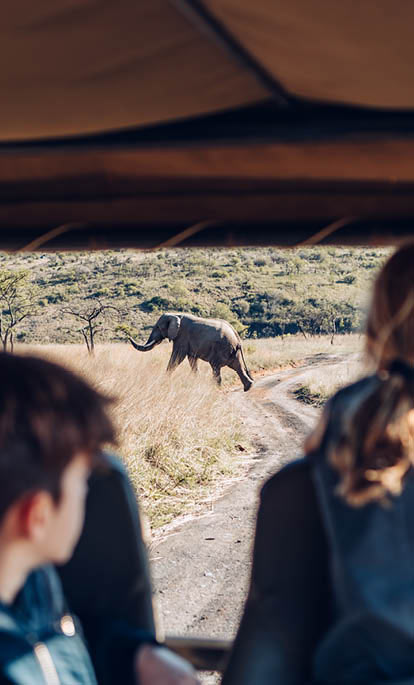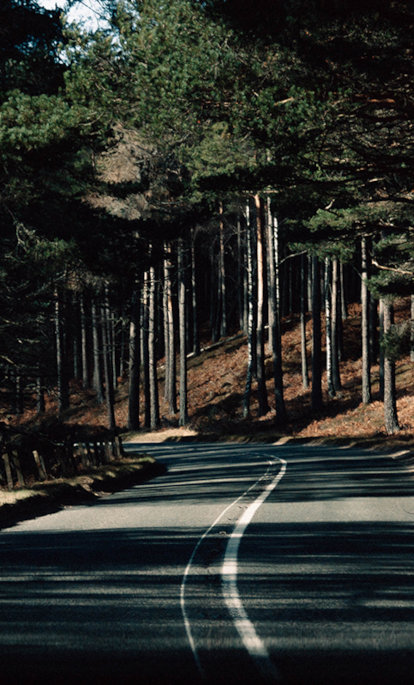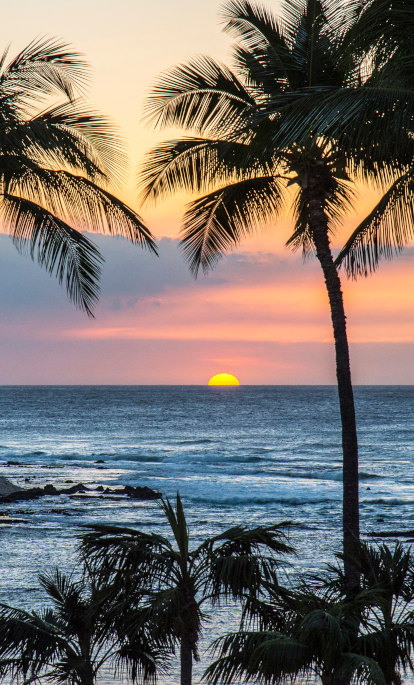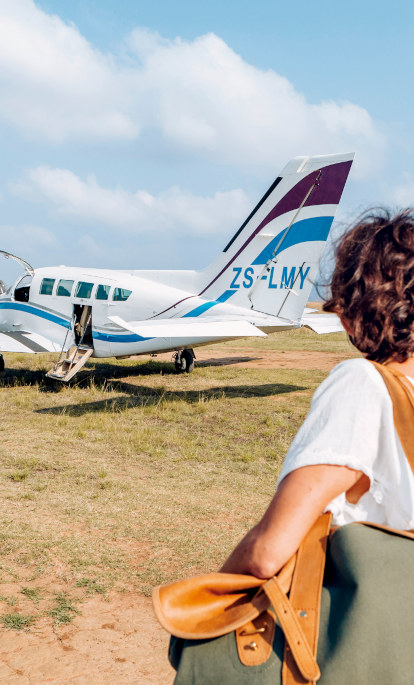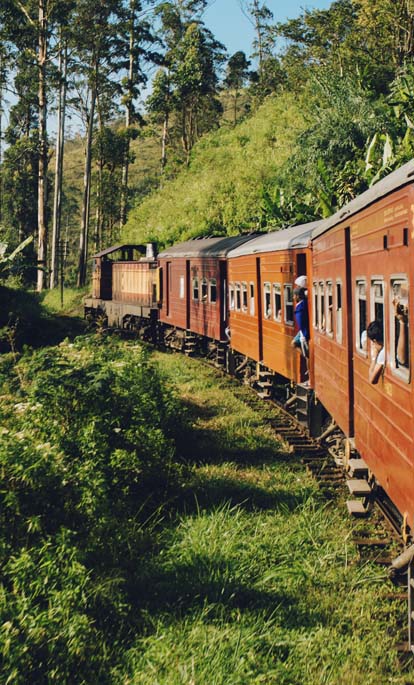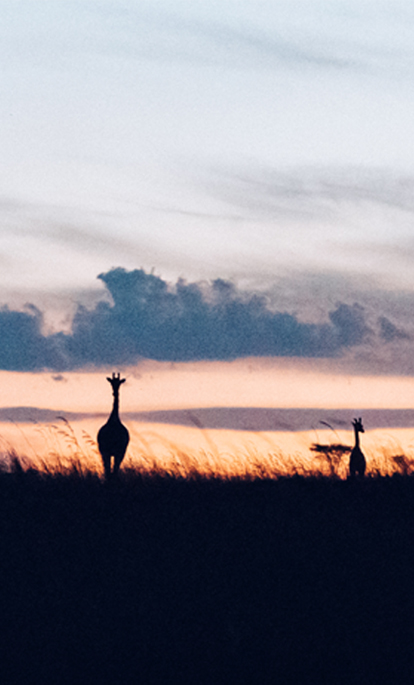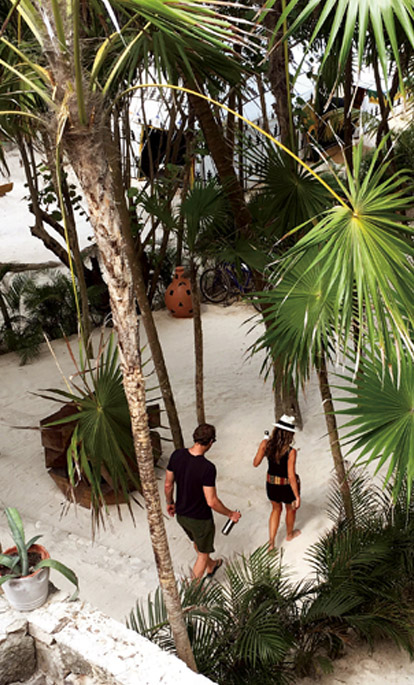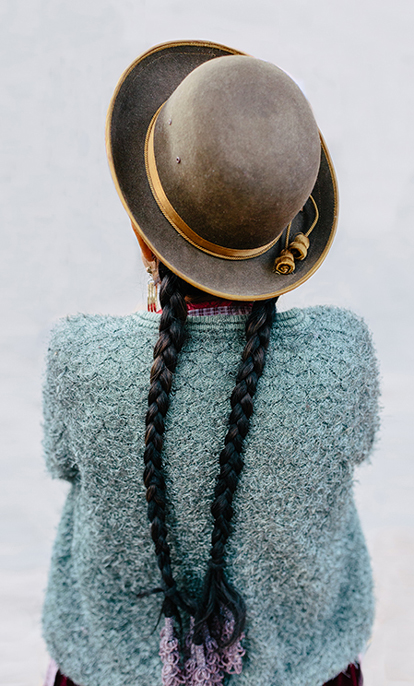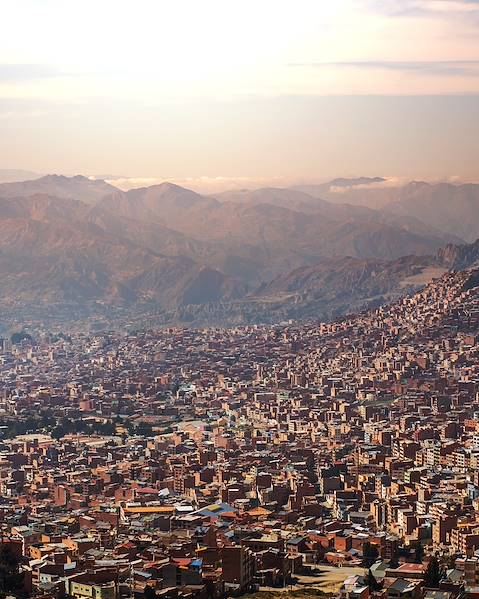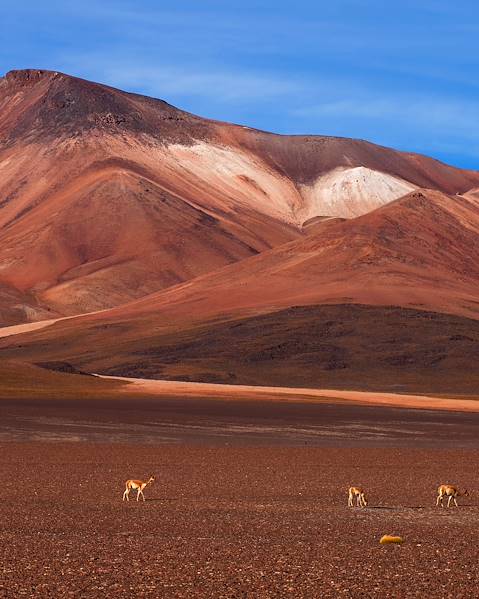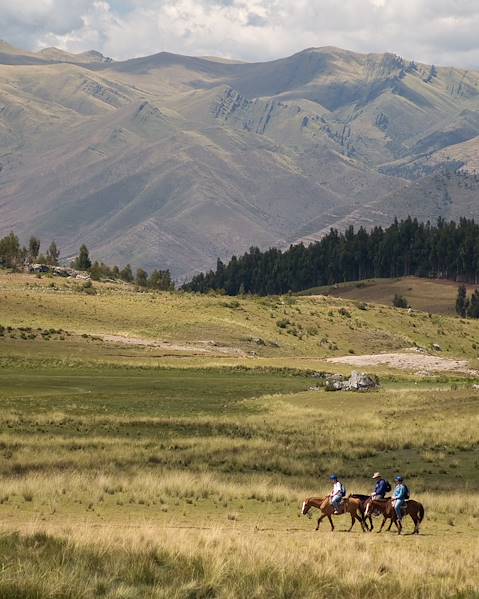Population
12.08 million inhabitants (2021).
Languages Spoken
The main language of Bolivia is Spanish, spoken by 70% of the population. Many other indigenous languages are also spoken, with the most prominent ones being Quechua (18%) and Aymara (10%). 37 languages (including Spanish) are listed as official languages as per the 2009 constitution. Spanish and Quechua are largely spoken in the Andes Region, while Aymara is mainly used in the Altiplano around Lake Titicaca. In the central part of Santa Cruz, another indigenous language called Chiquitano is spoken, while an indigenous language called Guaraní is mostly used in the southeast, on the border with Paraguay. German is also spoken by some residents of the Santa Cruz Department, while Portuguese is commonly used near the border with Brazil (with around 0.2% of Bolivians speaking it as their first language).
People
As a multi-ethnic and multi-lingual society, Bolivians do not equate their nationality with ethnicity, but instead with citizenship and allegiance to Bolivia. Apart from the indigenous populations, Bolivians trace their ancestry to the Old World, predominantly Europe and Africa, since the Spanish conquest of South America. The modern Bolivian population is made up of approximately 20% Amerindians (mainly Quechua, Aymara and Guaraní peoples), 68% Mestizos (mixed White and Amerindian ancestry), 5% Europeans and 1% Afro-Bolivians.
Religion
The predominant religion in Bolivia is Christianity, with Roman Catholicism as the largest denomination (around 70% of the population). Other religions include Protestant (17%), Mormon (1.7%) and non-religious (9.3%). Islam, Judaism, Buddhism and Hinduism are practiced by 1% of the population, while many indigenous Bolivians have blended Catholicism with their traditional religious beliefs.
National Holiday
Ecuador's National Day is August 6th, which is a public holiday to celebrate Bolivia’s independence from Spain in 1825.
Holiday Calendar
1st January: New Year’s Day
20th to 21st February: Carnival
Friday before Easter Sunday: Good Friday
1st May: Labour Day
8th June: Corpus Christi
6th August: Independence Day
1st November: All Saint’s Day
25th December: Christmas Day
History
Bolivia has a rich and illustrious history, dating back as early as 400 BC, when the city of Tiahuanaco was founded. At its peak, the city had a population of 50,000 and ruled a great empire across Bolivia and southern Peru, which lasted until 1,000 AD when it was replaced by smaller states. In the 15th century, the Incas conquered Bolivia, who were then in turn conquered by the Spaniards in 1533. This led to the establishment of many more cities in Bolivia, including Chuquisaca (1538), La Paz (1548), Cochabamba (1571) and Oruro (1606). In 1809, a rebellion began against Spanish rule in South America, and La Paz declared its independence. Although the rebellion was crushed by the Spanish, fighting continued and the Spanish armies were eventually defeated.
On 6th August 1825, Bolivia became independent from Spain and was named Bolivia in honour of Simon Bolivar, the hero of the independence movement. However, the new nation faced economic struggles and became impoverished when many silver mines were abandoned. In 1836, General Sucre (the first president of Bolivia) tried to unite Bolivia and Peru, but Chile felt threatened and fought the War of the Confederation in 1836-39 to break up the union. Bolivia’s silver industry revived in the late 19th century with support from Britain and Chile, as well as the use of new technology and this economic prosperity enabled new infrastructure to be built, including railway links. During the 1900s, the country faced great political unrest, with the Liberal and Conservative parties each vying for power and taking control of the government at various points. In 1964, the army staged a coup against the Movimiento Nacionalista Revolucionaria (MNR), who had embarked on a radical programme of reform including nationalisation of companies and universal suffrage. For the next 18 years, Bolivia endured a military dictatorship. Since 2006, the left-wing Movimiento al Socialismo party has governed the country and although it continues to face economic difficulties, Bolivia is rich in resources and the economy is growing steadily.
Politics
Bolivia is a democratic country, with political affairs taking place in a tree of a presidential representative democratic republic. The president is the head of state, government and of a diverse multi-party system, while executive power is exercised by the government and legislative power is vested in both the government and the two chambers of parliament.
Etiquette
While tipping isn’t mandatory, it is appreciated, and a tip of 7-10% is customary. Taxi drivers don’t expect tips unless you hire them for the whole day, in which case 10% is considered appropriate. Bolivian culture is fairly formal and when greeting someone, shake their hand and maintain direct eye contact to indicate that you’re a trustworthy person. Use the most appropriate greeting for the time of day (buenos días for the morning, buenos tardes in the afternoon, or buenos noches at night) and when addressing people, use señor or señora (Mr or Mrs). Stick to the formal usted ('you') for people you don't know well, rather than the informal tú. Attitudes towards suitable clothing are more conservative in remote villages (particularly in the highlands) and it’s polite to cover up more when visiting these regions. Always ask permission before taking a photo of someone, as people from Bolivia's smaller communities may prefer not to be photographed.
Shopping
Bolivia is home to some excellent craft markets, with the most reputable located around La Paz. Mercado Negro and the Witches’ Market are two of the most famous in the capital. The former sells a combination of traditional handicrafts, handmade clothing and bootlegged goods, while the latter contains stalls selling all manner of weird and wonderful lucky charms, packaged spells, herbal remedies and (less appealing) dried animals. In Santa Cruz, the nation’s agricultural capital, you’ll find an array of market stalls selling fresh food produce. Llama and alpaca wool textiles are also popular souvenirs, found in the form of sweaters, ponchos, scarves and gloves.
Food & Drink
Bolivian cuisine is similar to most other South American nations, with rice, beans, meat, potatoes and quinoa forming the basis of most dishes. There are some reginal variations, such as the abundance of soups in the Altiplano and the popularity of plantain and yucca (instead of potatoes) in the lowlands. Salteñas (savoury pastries filled with meat and potatoes in a spicy sauce) and empanadas (meat-filled pastries) are common street food offerings, with markets and stalls found throughout the country. Fresh fruit is also widely available and often made into various tropical juices.
We would strongly advise against drinking tap water in Bolivia and sticking only to bottled water. Singani (white grape brandy), produced in the Tarija valley, is the most ubiquitous alcoholic spirit in Bolivia, while the most popular alcoholic drink is cerveza (beer). Many breweries also produce a dark beer known as malta, similar to stout.
